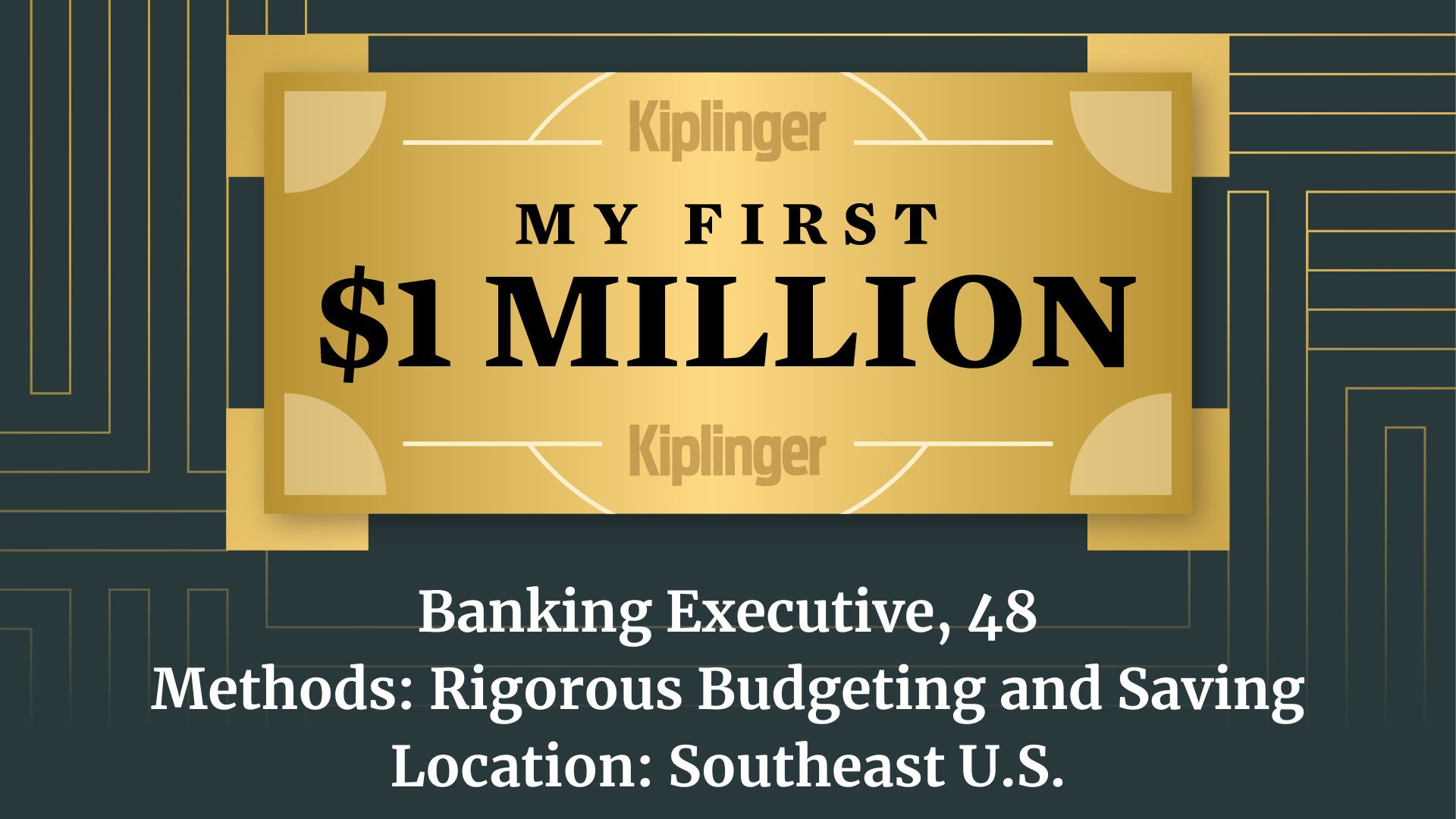Five Key Financial Aspects to Managing Your Home
Track these five expense categories to manage your home's finances.


For most consumers, a home is their largest financial asset and largest ongoing expense. The biggest difference between your home and all your other financial assets is that your home is a physical asset. It is a collection of building materials, equipment, appliances, fixtures, finishes and landscaping. Therefore, you must manage not only the financial aspects but also the physical ones, which include insurance, maintenance and improvement aspects of your home.
Yet in my experience, most consumers focus on the lifestyle and family aspects of being a homeowner. They ignore the financial tracking of this asset and expense, which leads to spending more money than necessary, decreasing the value and not having complete financial visibility to plan their overall personal finance strategy.
Here are five home finance categories to manage and track on a consistent basis:
From just $107.88 $24.99 for Kiplinger Personal Finance
Become a smarter, better informed investor. Subscribe from just $107.88 $24.99, plus get up to 4 Special Issues

Sign up for Kiplinger’s Free Newsletters
Profit and prosper with the best of expert advice on investing, taxes, retirement, personal finance and more - straight to your e-mail.
Profit and prosper with the best of expert advice - straight to your e-mail.
1. Home asset values
Your home has different asset values, so it is important to understand and manage these metrics.
- Estimated home value: Based on the address, neighborhood, square footage, features, lot size, age and condition of the home, automated valuation models can estimate the current value of your home based on changing market conditions.
- Home equity value: This is calculated by taking the current estimated value minus the current mortgage balance, which is the portion of your home that you own.
- Property tax value: Your county assesses the value of your home and calculates your annual property tax bill. Each county has different laws on how often and how much it can change this value.
- Dwelling coverage value: This amount is what your insurance company would pay to rebuild your home if it was destroyed. This is usually less than the estimated home value because it does not include the land value of your property.
2. Home debt
Most homeowners have a mortgage when owning a home. Some people have a second or home equity loan, which means multiple debt obligations.
- Original mortgage principal: This is the amount of the loan from the bank that you agreed to when buying your home.
- Total interest cost: Your mortgage has a start date, a term that is usually 15 or 30 years and an interest rate. If you pay the monthly mortgage over the entire term, this would be just the total interest on the loan.
- Total cost of the loan: This is the original mortgage principal plus the total interest cost.
- Mortgage balance: Every mortgage payment and lump-sum payment reduces the balance of the mortgage principal. This number changes every month and is used to calculate your estimated home equity.
3. Recurring household expenses
These are all the annual recurring expenses that most homeowners spend every year on their homes to various companies that service the home.
- Mortgage costs: This is the sum of monthly mortgage payments for the year.
- Property taxes: This is the amount of property taxes paid to your county based on the property tax value times your county’s percentage of tax.
- Mortgage insurance: If your original loan was more than 80% of the purchase price, you may incur mortgage insurance fees.
- Home insurance cost: The cost to insure your home and all your personal property.
- Utility costs: The annual cost for electricity, gas, water and sewer.
- Basic services: The cost for internet, TV and garbage.
- Optional services: These vary depending on the home’s needs but could include lawn or pool care, security, pest control, etc.
4. Maintenance and repair expenses
Your home’s collection of physical assets needs maintenance to keep things running efficiently.
- Preventive maintenance products: Budget for items such as air filters, smoke detectors, fire extinguishers, caulking and various tools to perform tasks.
- Preventive maintenance services: These are common services for which people often hire a contractor, such as cleaning gutters, exterior window cleaning, tree pruning, pressure washing and more.
- Repairs costs: Your home has materials that wear out and need fixing. Some examples include replacing a garage door opener, fixing broken gutters or leaking toilets and replacing a water heater.
5. Home remodel investments and expenses
Major home renovations are expenses but also additional investments into your home with tax implications. It is important to set budgets and track costs for these.
- DIY projects: These tend to be material or equipment costs for items such as new floors, deck, appliances, fixtures and finishes.
- Contractor projects: Projects such as kitchen and bathroom remodels include all the materials required for the project plus the contractors’ labor and equipment to perform the job.
- Tax basis: This is the original purchase price of the home plus all the remodel investments, which is important to track for tax purposes.
Optional — home income
As an option, many people are looking to generate income from their home. Here are two approaches.
- Sharing rental income: You periodically rent out a room or even a short-term rental on your primary residence to generate income.
- Full-time rental income: This is for people who own multiple homes where renters pay full-time rent to live in the home.
You can track these financial categories yourself or use a home management platform to help you do it. Whichever method you use, since your home is a financial asset and likely your biggest expense, it is vital to find a system to manage all these financial and physical aspects of your home. It is time to dedicate effort to financially manage your home just like the other financial aspects of your life.
The information provided here is not investment, tax or financial advice. You should consult with a licensed professional for advice concerning your specific situation.
Profit and prosper with the best of Kiplinger's advice on investing, taxes, retirement, personal finance and much more. Delivered daily. Enter your email in the box and click Sign Me Up.

John Bodrozic is a Co-Founder of HomeZada, a personal finance platform for homeowners to save money and improve value on their properties.
-
 How to Safely Open an Online Savings Account
How to Safely Open an Online Savings AccountOnline banks offer generous APYs that most brick-and-mortar banks can't match. If you want to make the switch to online but have been hesitant, I'll show you how to do it safely.
-
 7 Ways to Age Gracefully Like the Best Stock Photo Seniors
7 Ways to Age Gracefully Like the Best Stock Photo SeniorsAs a retirement editor, I've gleaned valuable wisdom (and a lot of laughs) from one older couple that tops the seniors' stock photo charts.
-
 My First $1 Million: Banking Executive, 48, Southeast U.S.
My First $1 Million: Banking Executive, 48, Southeast U.S.Ever wonder how someone who's made a million dollars or more did it? Kiplinger's My First $1 Million series uncovers the answers.